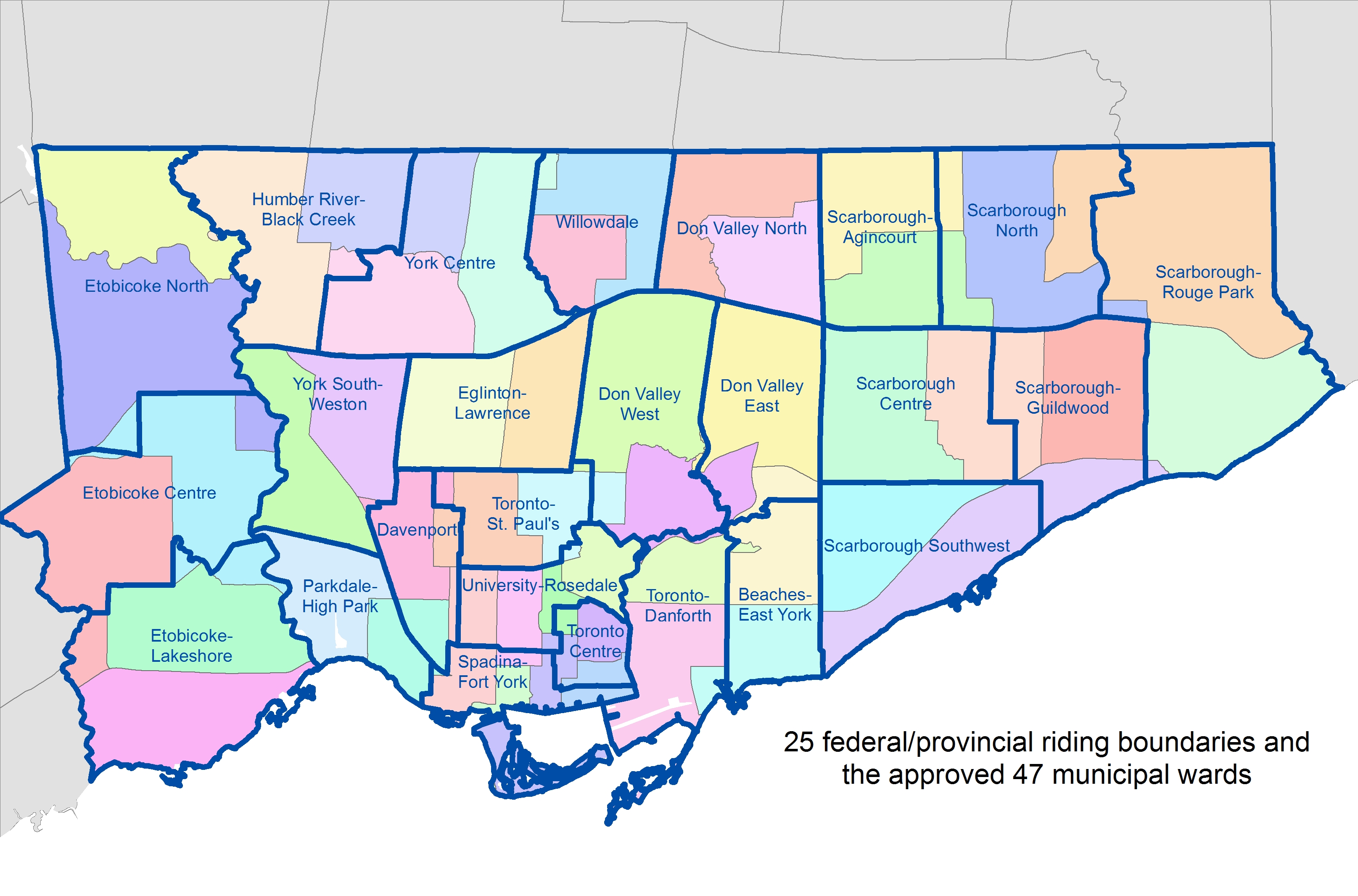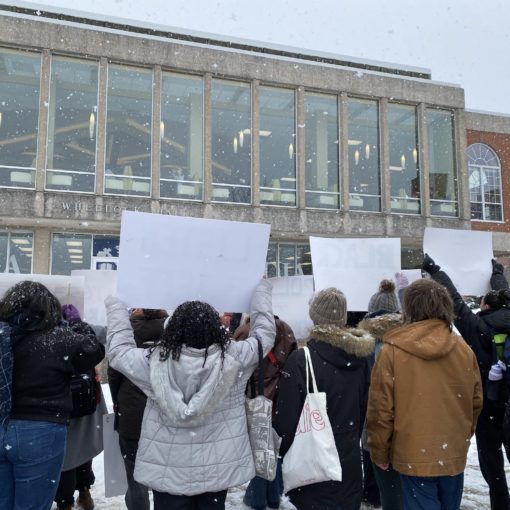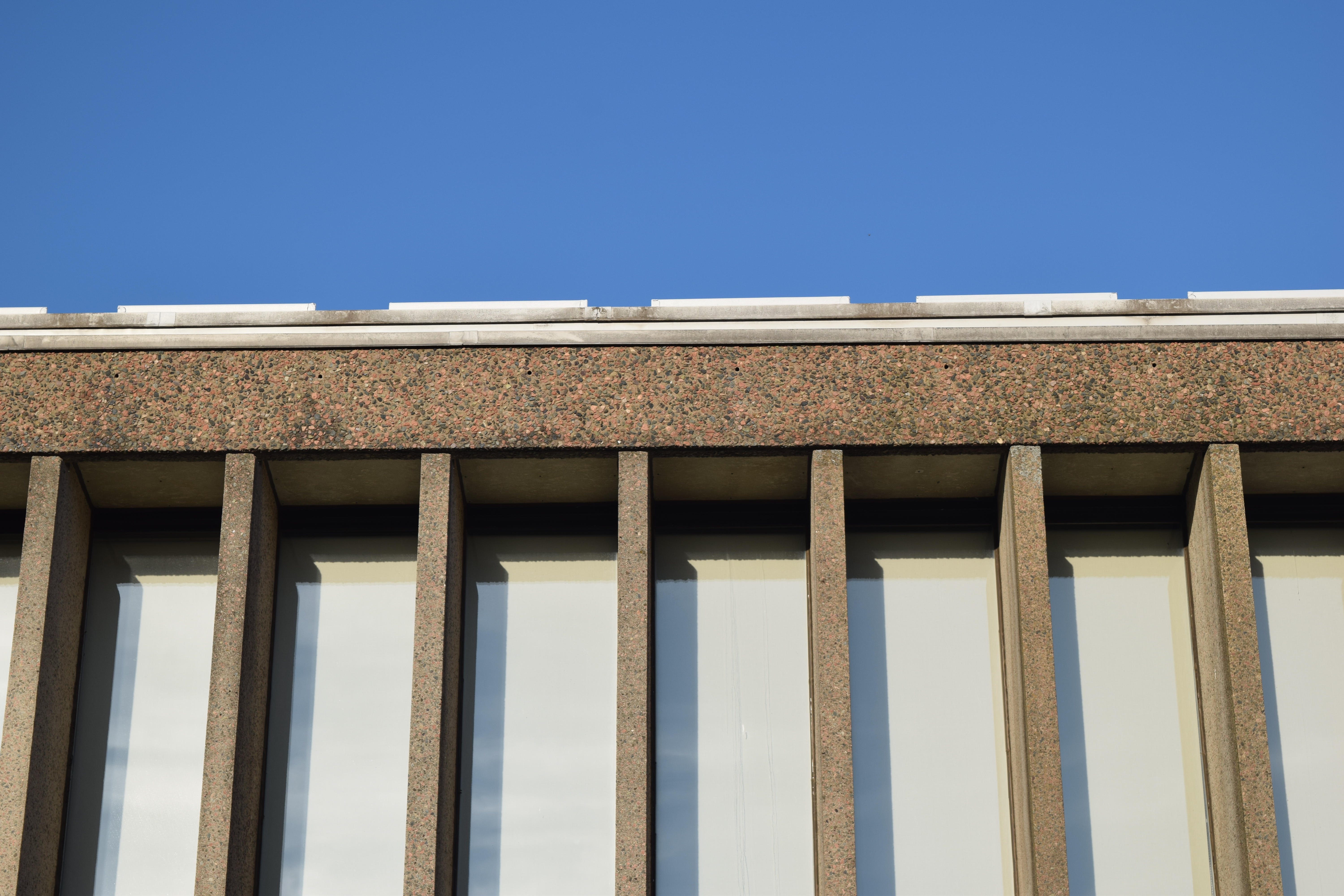Acadia University announced on October 1st, 2020 that the indoor swimming pool, located in the Acadia Athletics Complex, will be closed indefinitely. The closure of the pool was declared for two main reasons; the first is to ensure the safety of Acadia students as well as the safety and well-being of the community, and the second is to respond to financial needs. Not only has the current pandemic impacted the university, but the indoor swimming pool has been operating at an annual deficit for years, said Chris Callbeck, Vice President, Finance and Administration.
Acadia University’s swimming pool was built in 1967, and since then it has been home to many organizations that not only include the student body but the residents of Wolfville and the Annapolis Valley region, who make up more than 85% of the facility’s users. Among them are the Acadia varsity swim team and Acadia’s S.M.I.L.E. Program. VP Chris Callbeck stated that the pool’s access and the changeroom design, make cross-over between Acadia students and members of the community inevitable. Although, it seems like a simple solution would be to compose a schedule that allows community members and students to use the pool separately, with time for cleaning and sanitizing in between.
Not only has the closure of the swimming pool directly affected the students who are involved in the programs that use the pool frequently, but it has also affected students who do not regularly use the pool for many reasons.
For example, mental health and physical health go hand in hand, people need to move their body so limiting options to do so will deplete not only the students’ motivation to exercise but how people exercise and how often. Secondly, a person’s mental health is also greatly impacted by social habits, and Acadia’s swimming pool is the heart of the athletic center and the main source of community, so shutting down the pool has slowed the constant flow of people in the center to a near standstill. This can cause anxiety and depression in students, while also bringing down the overall morale of the athletic center. Lastly, whether or not students use the pool, it is common knowledge that a fraction of tuition is dedicated to the maintenance of facilities for student use, so the closure of the swimming pool unfortunately raises the uncomfortable question of where exactly that money is going now. This can cause more confusion and mixed emotions amongst a student body which is already faced with adapting to a global pandemic, a full course load that is almost completely online, and an excess of other everyday stressors.
The closure of the pool affects everyone in a negative way, while there are other options for exercise, the weight room can only allow a maximum of 20 people at 45-minute intervals, so the options for alternative activity are extremely limited.
While Callbeck says that the university is continuing a dialogue with government partners in hopes of developing a solution, the Acadia University swimming pool remains closed, another consequence of these unprecedented times and an example of some of the limitations that students are facing due to COVID-19. Acadia students trust that our leaders are working diligently to find a solution and reopen the pool for the benefit of the students’ physical and mental health.





